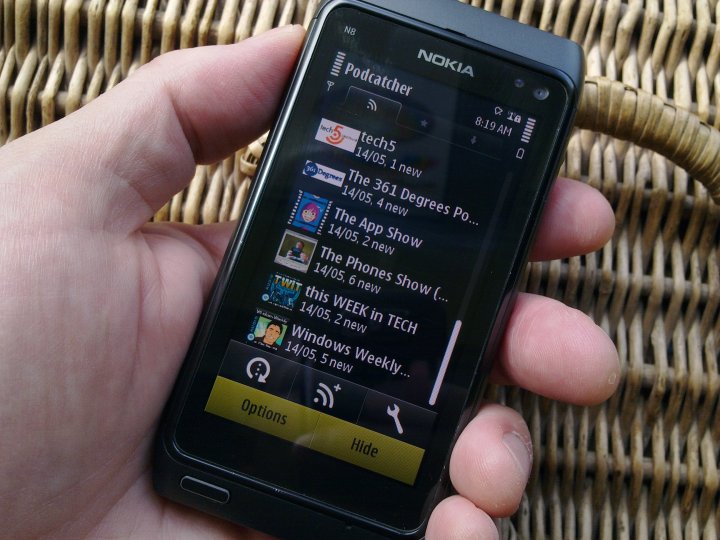
Before looking at alternatives, I should perhaps state, fairly concisely, the 10 reasons why I and many others have stayed with the Nokia N8 so long:
- great daytime camera, accurate colour rendition and great detail, with no artificial artefacts
- great nighttime camera with Xenon flash ensuring crisp people shots with no blurring
- excellent build quality with aluminium unibody
- good Symbian multitasking and mature functionality
- Nokia Maps/Drive world sat-nav
- FM transmitter, providing music and podcasts to car radios when needed
- high quality, loud mono speaker
- expandability via microSD
- the 'perfect' form factor in terms of feel in the hand (c.f. iPhone, also with 3.5" screen and similar size)
- removeable battery (admittedly, you need to spend £2 on a Torx T4 screwdriver, but it can be changed when it gets too old)
There are other plus points, of course, but the 10 above are most relevant to me. Yet the N8 is starting to show its age, with the internal disk just starting to fill up for some people, with the 680MHz processor seeming a little slow in these days of multi-Gigahertz, multi-core smartphones, especially when web browsing, and with the internal BL-4D battery now at 18 months old for most users and typically at 75% or less capacity.
Plus, if you're anything like me, your N8 is now sporting multiple battle scars. And there's a fair chance, if you got the N8 with an 18 month contract, that this is up for renewal very soon - another reason to look around at the alternatives, at least.
________________________
Here are some of the 2012 contenders for your hard earned cash.
NB 1: that I've excluded the very biggest (4.7/4.8"-screened) 'superphones' since we're looking at replacements for the 3.5"-screened N8 here - I've set a reasonable upper limit of a 4.3" display.
NB 2: for each, I've 'scored' 'hits' from the list of 10 desired attributes or functions listed above from the N8. i.e. they're not review scores in any way, I'm simply looking at how well matched each is for an existing N8 owner.
HTC One S
- Sumptuous build quality in unibody metal
- Decent camera in most light conditions, the LED flash has five intensity levels, as needed. Look closely at its output though, and you see lots of artefacts and over-sharpening, plus the LED flash doesn't help with blurring of anything moving when indoors or at night.
- 4.3" 'Super AMOLED' screen is similar in visibility to Nokia's CBD on AMOLED, but remember that the N8 predated CBD, so any device here will have a better display almost by definition. Resolution is higher too, at qHD (540 x 960, c.f. nHD on the N8 at 360 x 640).
- Integration with Google services, Google Maps/navigation and access to 2012 Android applications
- Limited by non-replaceable battery, non-expandable memory (16GB)
Top 10 points 'hit': 1 (maybe), 3, 4, 5, 9 (maybe). Total: 4/10. [external link to Phones Show review]
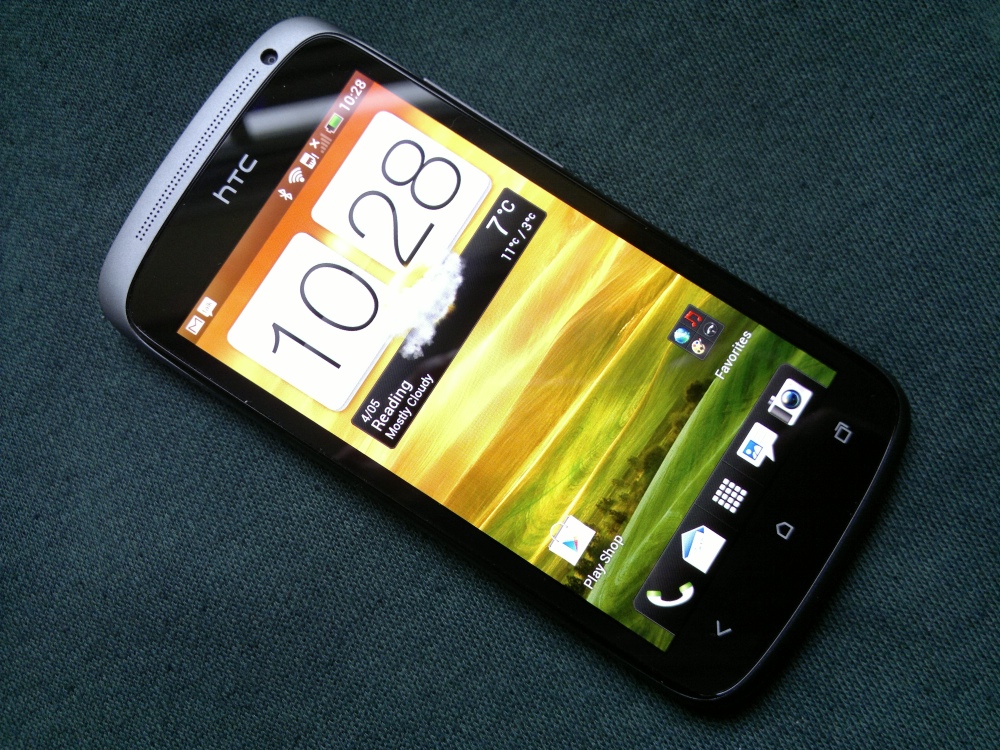
Sony Xperia S
- Plastic, sealed construction, boxy design
- Novelty transparent LED strip at the bottom, awkward function key 'spots'
- Adequate camera with excellent speed and interface, though low light shots are disappointing and there's too much noise and artefacts even in daylight shots. The resolution may be 12mp but the sensor's no larger than most competitors and it's no N8 challenger.
- 4.3" 720 x 1280 LCD transflective screen, excellent in almost all light conditions
- Integration with Google services, Google Maps/navigation and access to 2012 Android applications
Top 10 points 'hit': 1 (maybe), 4, 5, 7 (maybe). Total: 3/10. [external link to Phones Show review]
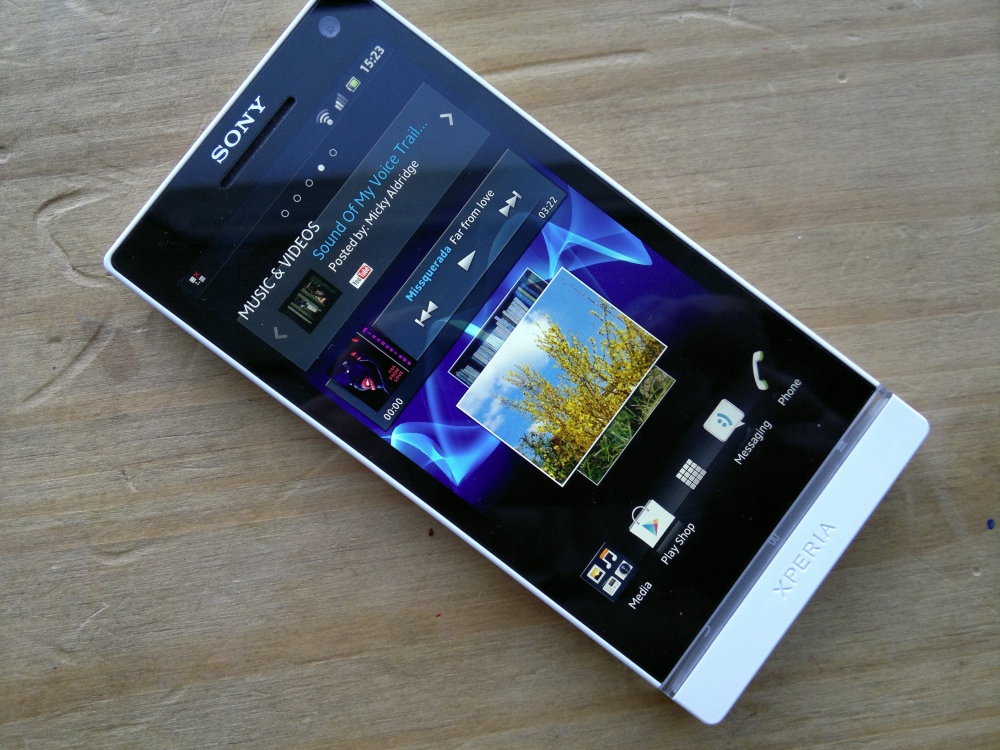
Apple iPhone 4S
- Glass and steel construction with RF antennas built into the outer band
- High resolution (640 x 960) IPS LCD display
- World-leading application and game market
- Excellent camera that outperforms its stated sensor size, LED flash, rivals N8 in some daylight scenarios
- Great loudspeaker
- Limited, but intelligently implemented multitasking
- Google Maps built-in, needs third party software for full sat-nav (especially offline)
- Integral storage (various GB available) and battery
Top 10 points 'hit': 1, 3, 4 (maybe), 5, 7 and 9. Total: 5.5/10.
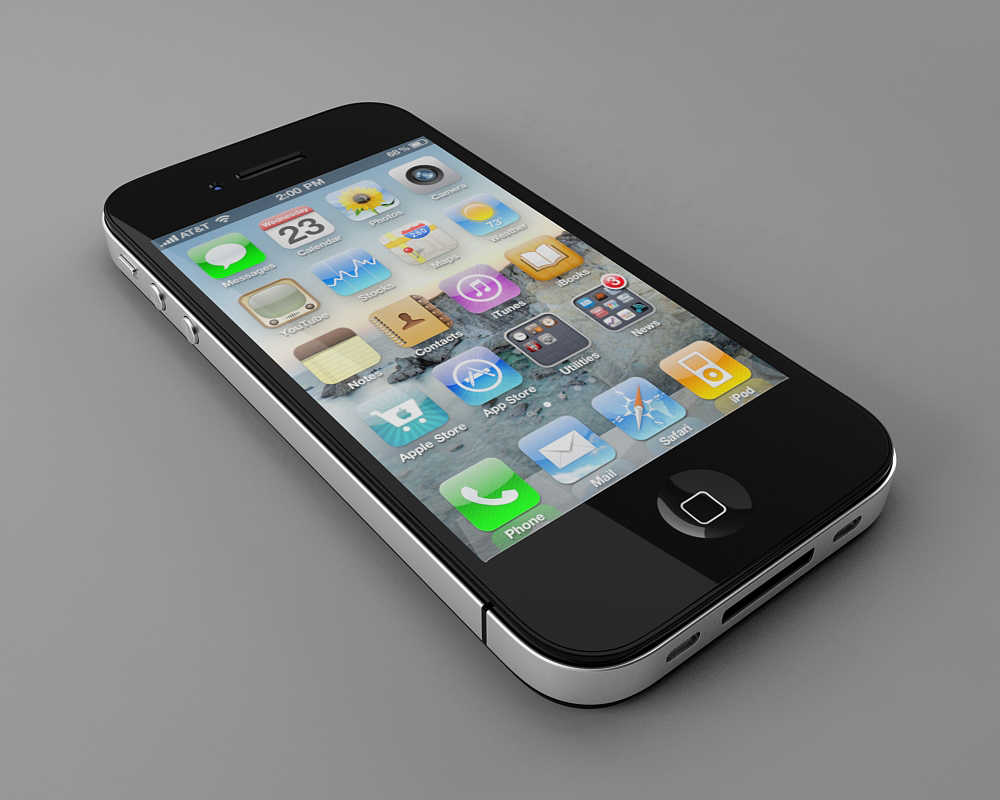
Nokia N9
- Beautiful unibody polycarbonate
- Sealed battery. Choice of integral storage memory (as on the iPhone).
- Decent camera, but ultimately limited by LED flash and relatively small sensor
- 3.9" CBD AMOLED display is genuinely beautiful, at 480 x 854 resolution.
- Meego Harmattan OS/interface is a geek's paradise, combining insanely easy to use multitasking with insanely fiddly ways of extending the phone to do things it can't do out of the box. Great geek community support.
- Nokia Maps/Drive isn't perfect, but good enough, and probably still has an update or two left in it.
- Disappointing loudspeaker.
Top 10 points 'hit': 1 (maybe), 3, 4 (maybe), 5 and 9. Total: 4/10. [external link to All About Meego, for more]
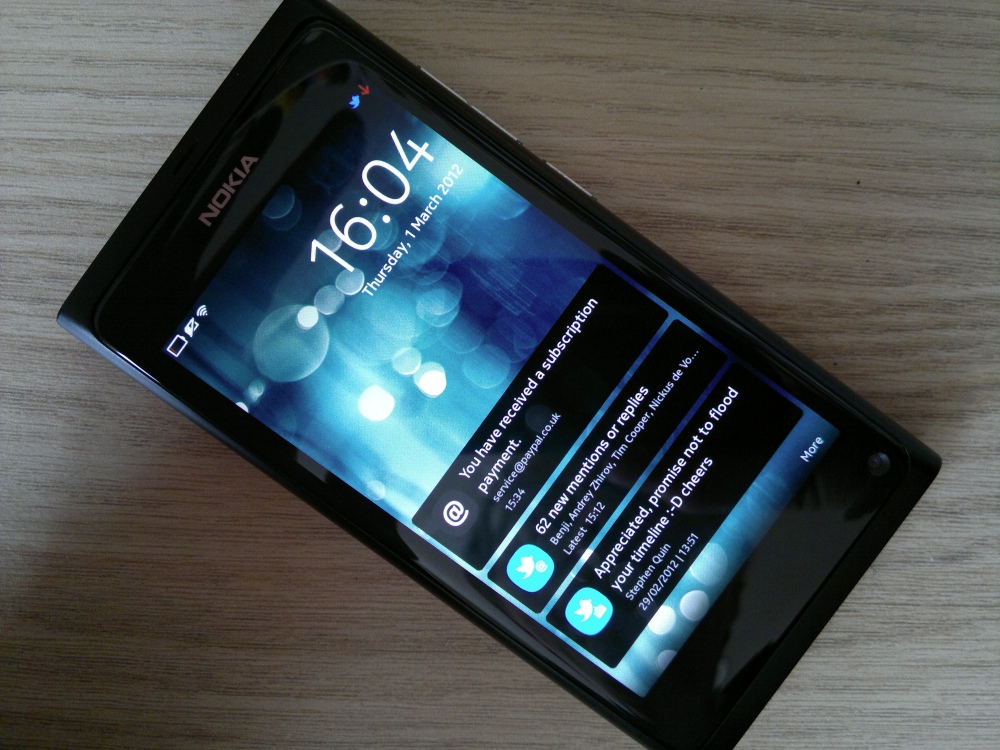
Nokia Lumia 800/900
- Beautiful unibody polycarbonate (the 800 is derived from the N9 above)
- Sealed battery and no memory expansion beyond 16GB
- Decent camera, but ultimately limited by LED flash and relatively small sensor
- 3.7" CBD AMOLED display is beautiful, with 480 x 800 resolution, though fonts can be a little small - there's the Lumia 900 too, with 4.3" screen, which also scores because it's full RGB and not 'pentile', but loses the holistic unibody screen-to-body curvature.
- Windows Phone's super modern, cloud-centric interface conceals a smartphone OS that's arguably nowhere near as function rich as Symbian. Good potential for the future, with updates though?
- No significant multitasking, applications can be frozen and then resumed when needed if you know the magic keypress(!)
- Nokia Drive is fully featured, as on Symbian, but Nokia Maps still needs a lot of work.
- Windows Phone Marketplace is quite extensive now, if not quite at parity with iOS and Android
- Disappointing loudspeaker.
Top 10 points 'hit': 1 (maybe), 3, 5 and 9. Total: 3.5/10. [external link to All About Windows Phone, for more]
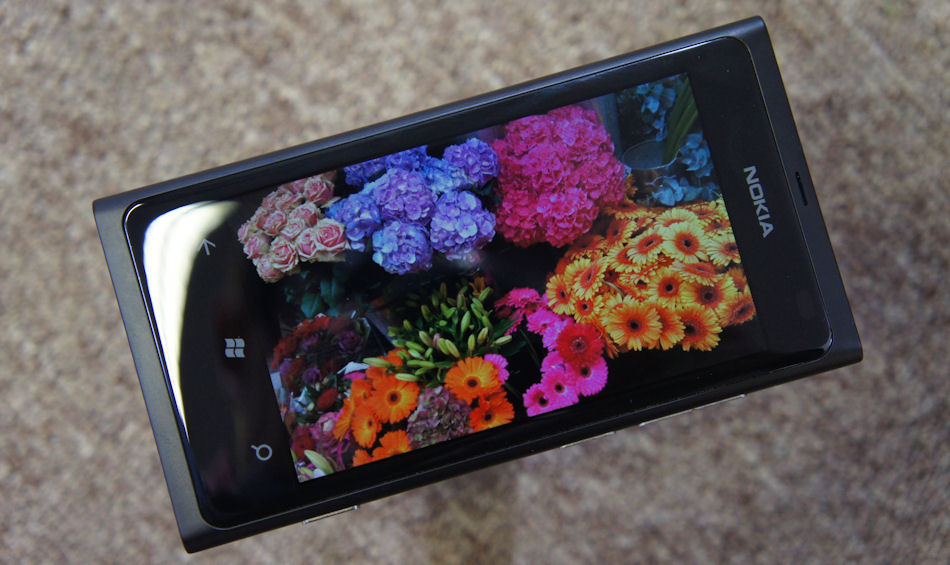
You can probably see where this feature is going, but here we go anyway....
Nokia 808 PureView
- Plastic construction, but solidly built
- Thicker than the N8, thanks to a monstrous 41 megapixel camera with 1/1.2" sensor
- Xenon flash that's twice the brightness of the N8's
- 4" CBD AMOLED screen is supremely clear but pixellated compared to most of the devices mentioned above
- Fast 1.3GHz processor, 512MB of RAM (twice that in the N8), plus dedicated camera imaging processor
- Symbian Nokia Belle FP1 - think Belle on steroids
- Removeable 1400mAh battery, 16GB mass memory, plus microSD expansion
- Large loudspeaker
Top 10 points 'hit': 1, 2, 3 (maybe), 4, 5, 6, 7, 8, 9 and 10. Total: 9.5/10.
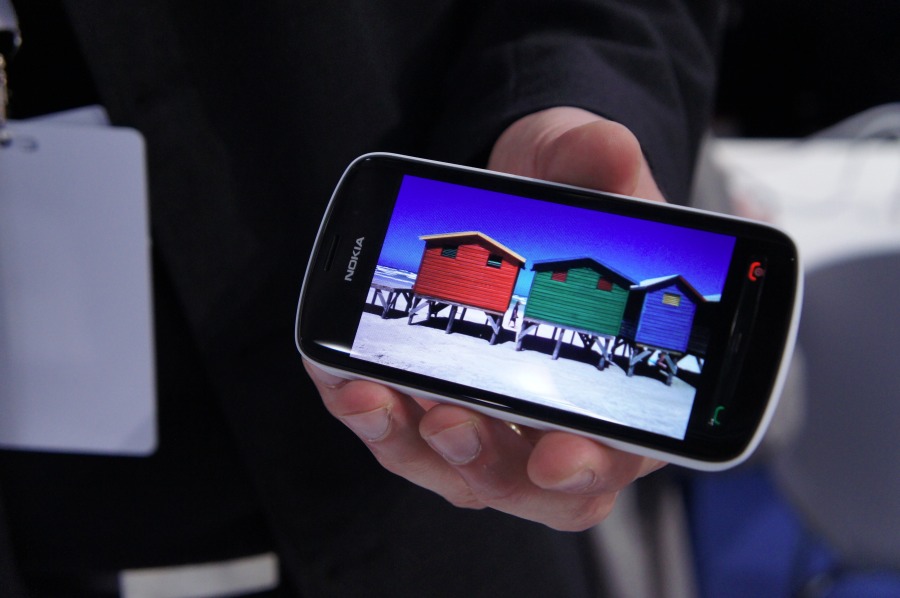
_____________________________
Now, before the trolls leap in to criticise in the comments, there's an implicit assumption in all the above scoring, that the reader (in this case, the N8 fan) is trying to find something that will do everything the N8 can do, and then a bit more besides.
While the iOS, Windows Phone and Android-powered devices have a far more vibrant ecosystem in terms of new applications and games, these aren't taken into account because I'd argue that many N8 owners have chosen their device in the first place based on what it can actually do rather that what apps it runs - with a little carefully chosen third party software, most Symbian phones can get close to the service functionality of their contemporaries. In which case, raw abilities and flexibility become the dominant differentiating factor.
The question of how sustainable such an approach is in the long term, through the (say) two year life of the 808 PureView is relevant, of course - it will depend on what you actually want to do with your smartphone. For me, the attractions of the N8 are heavily skewed to its hardware, as evidenced by the list of 10 attributes above, and so the 808 PureView is the slam dunk obvious successor.
The Nokia 808 takes the N8's functionality and adds: a more up to date OS version, a faster processor, more RAM, a better camera, a better flash, a better speaker, a better screen and a far more easily removable battery, with no real 'downside', other than perhaps physical material and thickness preferences. You may remember that I wrote before, at length, about why the N8 is unique in the smartphone world? With the 808 arriving imminently, the N8 won't be alone anymore.
And, yes, the rest of the smartphone world be damned. With the Nokia 808, as with the N8, the extent of my 'modern' smartphoning will be email, some basic web searches, social sharing of my photos and comments - plus the usual application and game mix from the Symbian app pool.
It's possible, of course, that I'm too caught up in the 808 PureView hype - if you're an N8 owner, what do you think? Is the 808 the same certainty for you or is there a viable alternative that I haven't mentioned?
Steve Litchfield, All About Symbian, 14th May 2012
